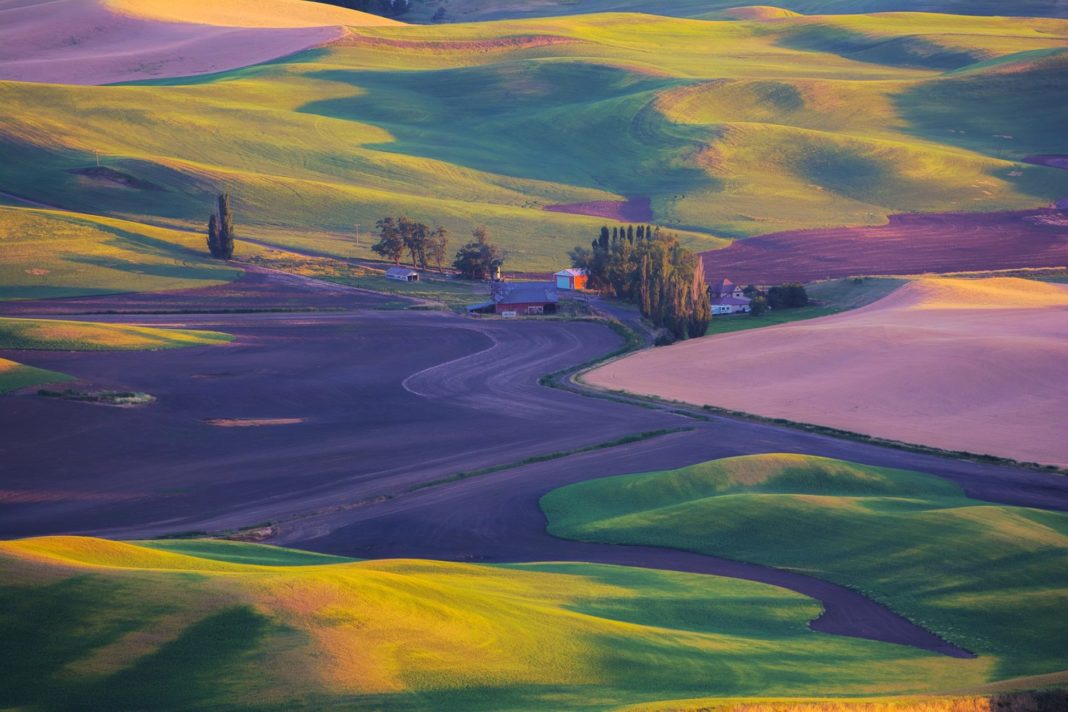The Palouse Hills, sculpted by the forces of windblown dust and silt during the last ice age, present a unique topography marked by rolling hills that gracefully traverse the land. The undulating slopes, shaped over millennia, contribute to the tranquil allure of the region, offering a picturesque contrast to the rugged terrains found elsewhere in Washington.
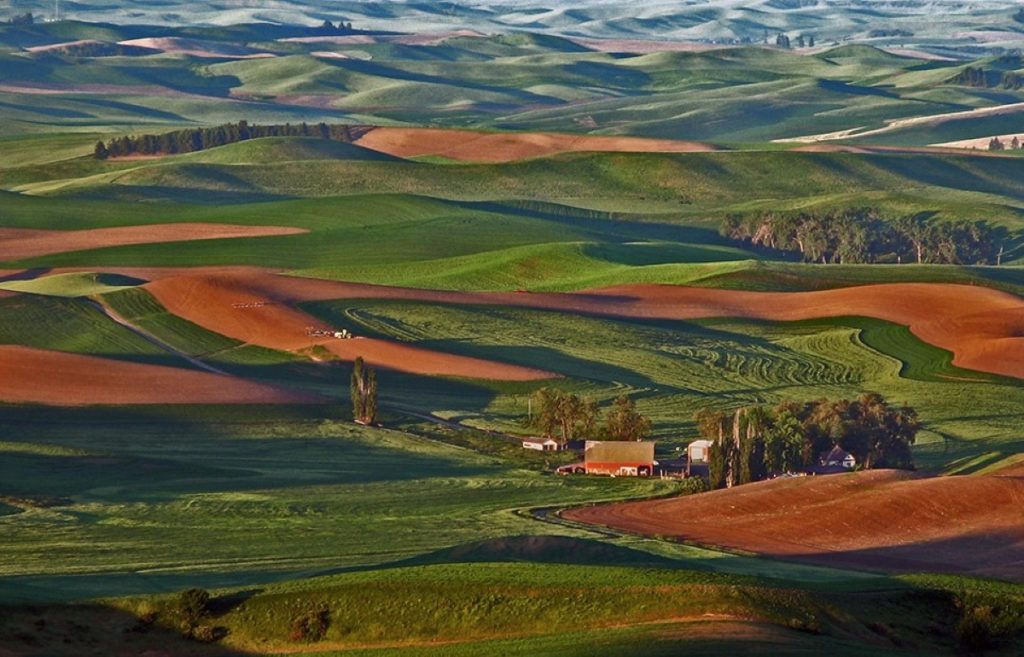
Human intervention has played a pivotal role in shaping the Palouse Hills, as generations have cultivated its fertile soils. The landscape transforms into a patchwork of verdant fields and golden crops, adding dynamic hues to the scenery. Beyond contributing to the economy, the carefully tended farmlands bring seasonal changes, painting the hills with vibrant greens in spring and warm ambers in autumn.
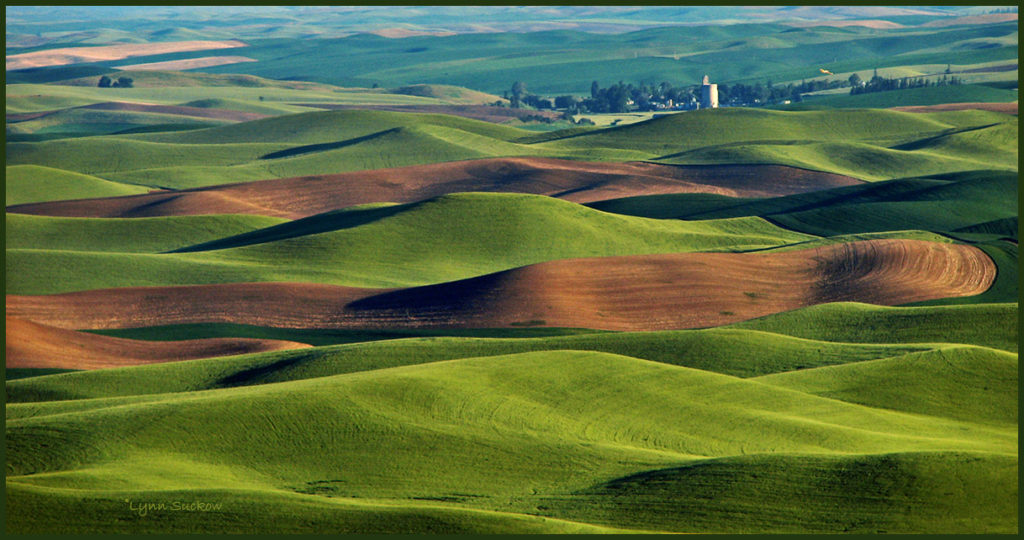
The Palouse Hills harbor a rich array of flora and fauna, adapted to the challenges of the semi-arid environment. Native grasses sway gently in the breeze, and wildflowers contribute bursts of color to the canvas. A diverse range of wildlife, including deer, coyotes, and various bird species, thrives in the region, enhancing the natural beauty that invites both enthusiasts and casual observers alike.
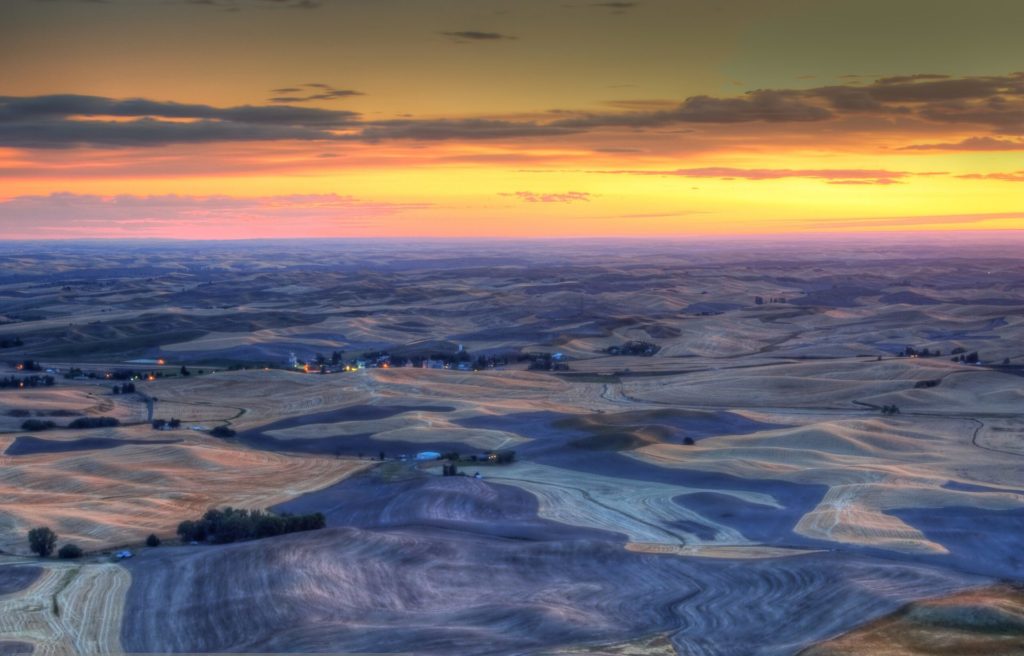
Exploring the Palouse Hills reveals a landscape that surpasses the ordinary, unfolding across undulating hills and fertile valleys. As nature and agriculture harmonize in this picturesque region, the Palouse Hills emerge as a remarkable manifestation of the delicate interplay between geology and human endeavor. This canvas, uniquely Washingtonian and perpetually awe-inspiring, invites contemplation and appreciation of the captivating beauty that defines the Palouse Hills.
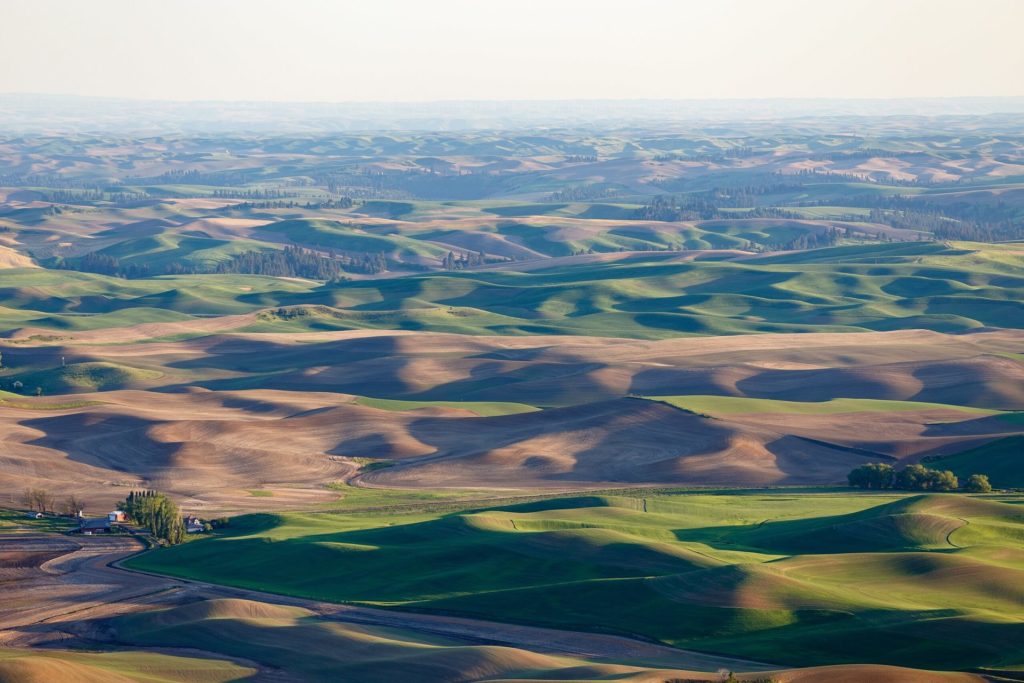
According to the Internet





